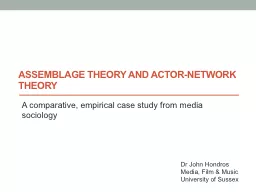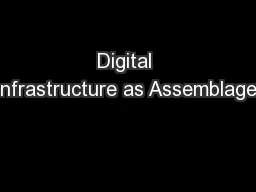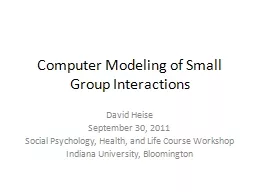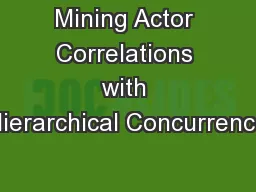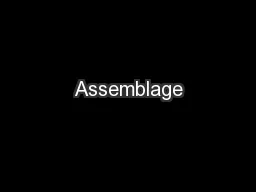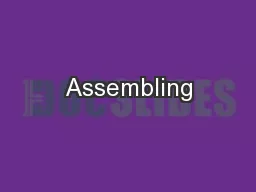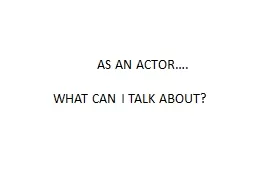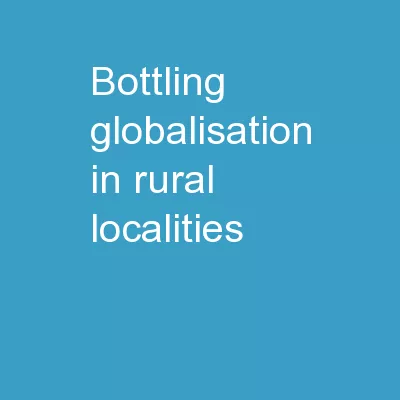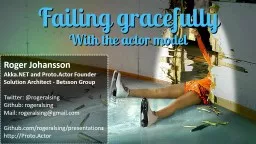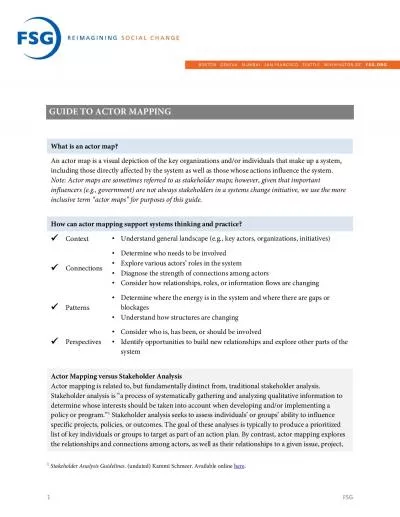PPT-Assemblage Theory and Actor-Network
Author : ellena-manuel | Published Date : 2017-12-16
Theory A comparative empirical case study from media sociology Dr John Hondros Media Film amp Music University of Sussex Background Amateur video makers use of Internet
Presentation Embed Code
Download Presentation
Download Presentation The PPT/PDF document "Assemblage Theory and Actor-Network" is the property of its rightful owner. Permission is granted to download and print the materials on this website for personal, non-commercial use only, and to display it on your personal computer provided you do not modify the materials and that you retain all copyright notices contained in the materials. By downloading content from our website, you accept the terms of this agreement.
Assemblage Theory and Actor-Network: Transcript
Download Rules Of Document
"Assemblage Theory and Actor-Network"The content belongs to its owner. You may download and print it for personal use, without modification, and keep all copyright notices. By downloading, you agree to these terms.
Related Documents

